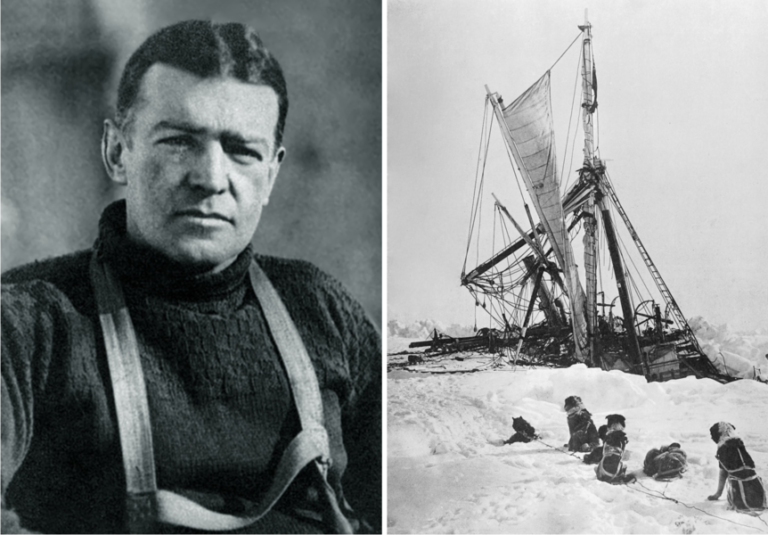
Leading in times of crisis: How healthy optimism works
Crises are as much a part of business as stormy weather at sea. But what if the storm lasts longer? 3 impulses for strong leadership in a crisis.

How is AI changing leadership in companies? We recently discussed this topic at the in_between leadership conference. In this article, we take a closer look at an interesting application example: With the help of AI, project teams can be optimally staffed and connected.
Leadership and AI is a combination that causes mixed emotions. From a business perspective, the concept is typically met with positive expectations: Intelligent systems are said to improve decisions and take over time-consuming routines. On the other hand, employees may feel unsettled when their superiors begin to implement AI for internal purposes. “Is this putting us under pressure?” “Will an algorithm decide who gets promoted?” These questions commonly arise, and should be anticipated when building an AI implementation program.
When it comes to this topic, transparency is incredibly important. Internal stakeholders need to understand how the company is actually using the technology, which data is processed, and how the information is being used. In one of our recent articles, “AI implementation: Getting more out of corporate data,” we offer some practical examples to demonstrate how companies can use AI in management – with tangible benefits for all stakeholders based on a similarity analysis.
Let’s take a look at a practical example: We are looking at a research-oriented company that uses intelligent software to gain an overview of its global project portfolio. For this purpose, R&D managers around the world have shared information in a huge database, incorporating thousands of projects, both ongoing and completed. Using this large data set, the AI algorithm can not only identify related project topics, but also find people with particular expertise for several similar projects. Over time, it is also possible to track the characteristics of successful projects. This output of the analysis can be useful for various leadership tasks, including:
Smart manufacturing, gene therapy, recycling processes: In international companies, several teams may work on similar innovation topics. Thanks to AI, project managers can very quickly find out which teams are the most experienced and connect with them for knowledge exchange. This is much easier and more effective than relying on personal contacts or conducting internal research.
What characterizes projects that are completed on time or that are particularly cost-efficient? Data analysis can help identify patterns, for example, in team composition. By looking at technical expertise, years in the profession, language skills or other characteristics, teams can be set up even better for upcoming projects, if necessary.
After a merger, AI can be helpful in bringing groups with similar missions into contact to establish a common corporate culture. Employees from different originating companies can learn from each other as well as discover commonalities.
What these applications have in common is that they do not replace leadership. They support rational action and enable better decisions. Automation is not the goal here, nor would it be practicable in our view, if only for legal reasons. Furthermore, it would hardly be accepted by employees – with the consequence, e.g., that project data would not be properly maintained. The key to successful AI implementation is proper communication around the goals and phases of the project. In other words, if the company wants to convince everyone involved of the benefits of AI and motivate them to participate, it must implement the technology very carefully. This includes:
AI will certainly change leadership – to what extent is still difficult to assess. For the study “Business Leaders in the age of AI,” a research project initiated by Microsoft asked 800 managers from eight countries about their expectations. According to the study, a majority of them expect AI to create more freedom for strategic tasks, communication and team motivation. By asking the right questions and building a foundation among employees, companies can get the most out of AI. Silke Grosse-Hornke and our colleague Patrick Knab recently discussed this study and their own experiences at the in_between leadership web conference. Here you can watch the session recording (in German language):

Crises are as much a part of business as stormy weather at sea. But what if the storm lasts longer? 3 impulses for strong leadership in a crisis.

He conveyed confidence in a desperate situation: British polar explorer Ernest Shackleton and his team survived a two-year battle for survival in the Southern Ocean. What can leaders learn from him in times of crisis?

Getting an IT project across hundreds of organizational units to the finish line? Our colleague Mathis takes a sporty approach. In our interview, he tells us what excites him about project management as a consultant and why he goes to the boxing ring to compensate.
2021 Grosse-Hornke Private Consult